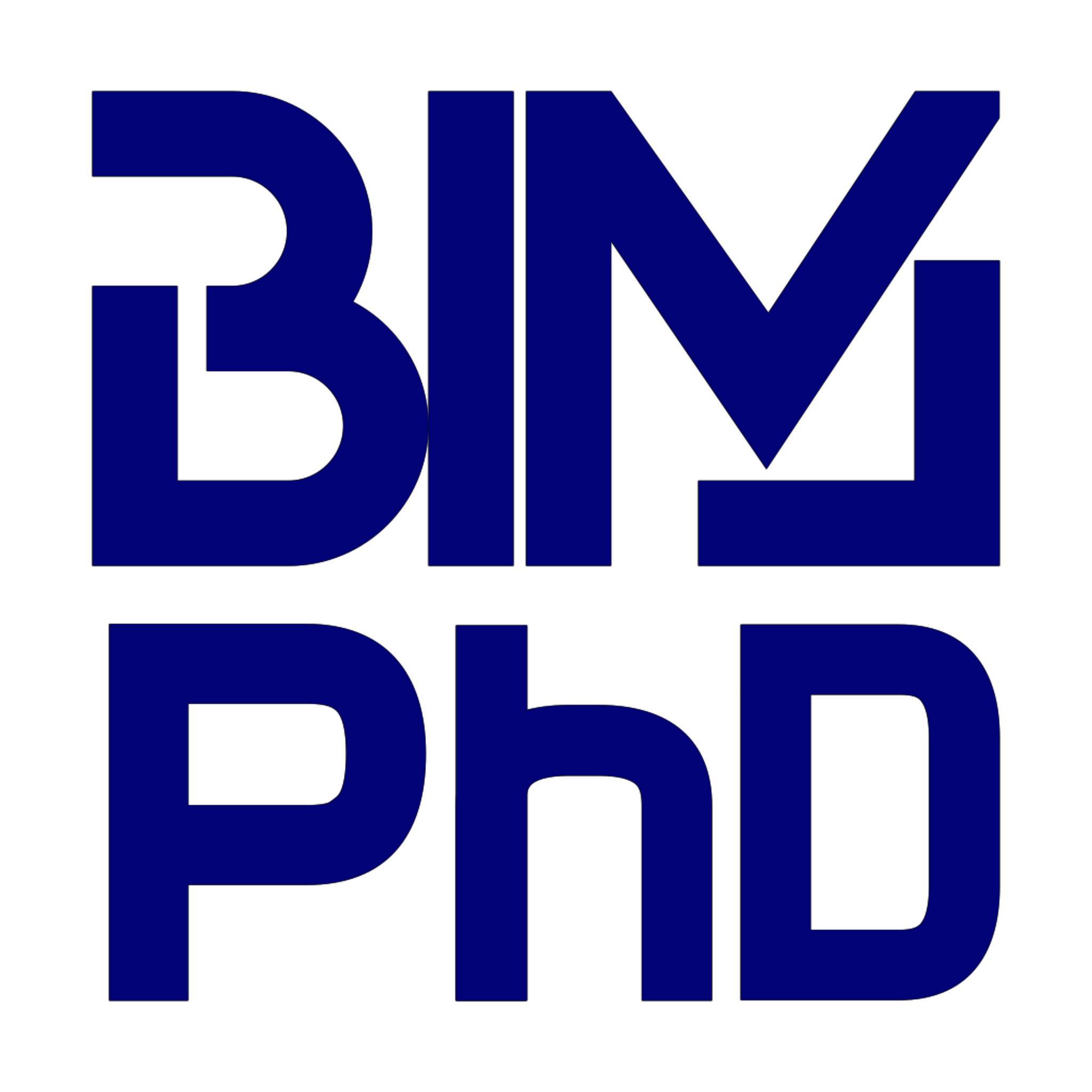Consulting
Architecture and BIM consulting that meets you where you are—audits, roadmaps, training, and hands‑on coordination support aligned to your goals.
A client‑first overview
Consulting is most useful when it translates directly into momentum for your projects. The approach here is practical and respectful of your time: we clarify outcomes, review how work is done today, and agree a small set of changes that will make the biggest difference first. Where you need hands‑on help, sessions are collaborative and focused on real models and drawings. Where you need strategic guidance, recommendations are concise and mapped to your milestones so leadership can see what will change and when.
This work is grounded in widely used practices: a concise BIM Execution Plan to align expectations, a clear cadence for model exchanges and coordination, lightweight standards for naming and parameters, and repeatable checks that improve quality without slowing teams. The aim is to establish systems that your teams can operate confidently, with support available when workloads spike or packages become complex.
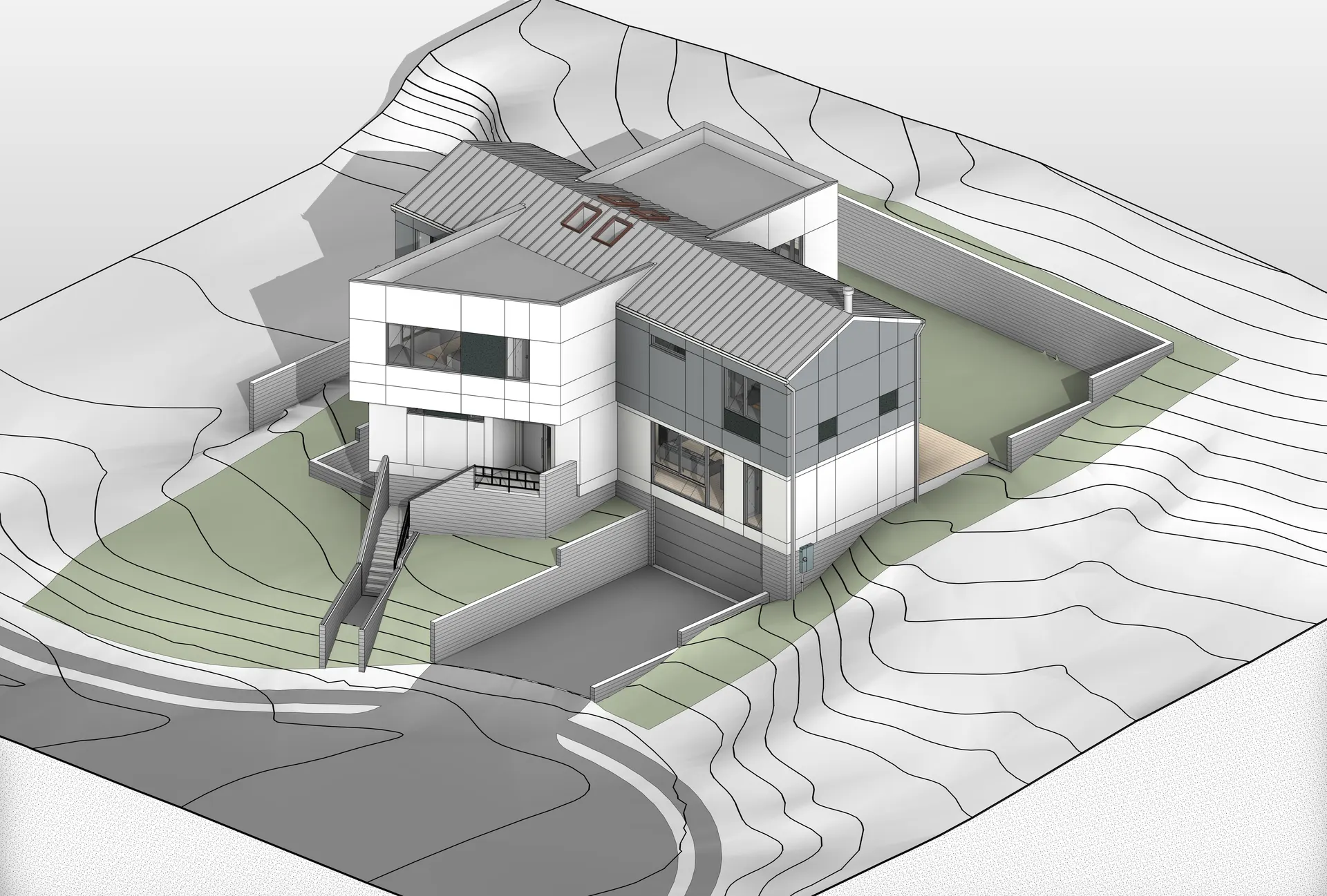
Engagement options
Every organization’s needs are different. Engagements are structured so you can choose the level of support that fits your team and timeline:
- Discovery and action plan: a short review of current workflows and a clear set of next steps.
- Hands‑on sessions: collaborative working time in models and drawing sets to solve live issues.
- Workshops and training: focused classes tailored to your toolset and deliverables.
- Embedded support: joining your coordination rhythm for a period to help standards stick and issues move.
- On‑call advice: scheduled availability for leadership or project teams during critical phases.
What you can expect
- Guidance grounded in real project delivery across residential and large mixed‑use programs.
- Recommendations that balance quality, schedule, and the bandwidth your teams actually have.
- Hands‑on sessions in authoring and coordination tools, plus concise leadership summaries.
- Follow‑ups with checklists and templates so improvements continue after sessions end.
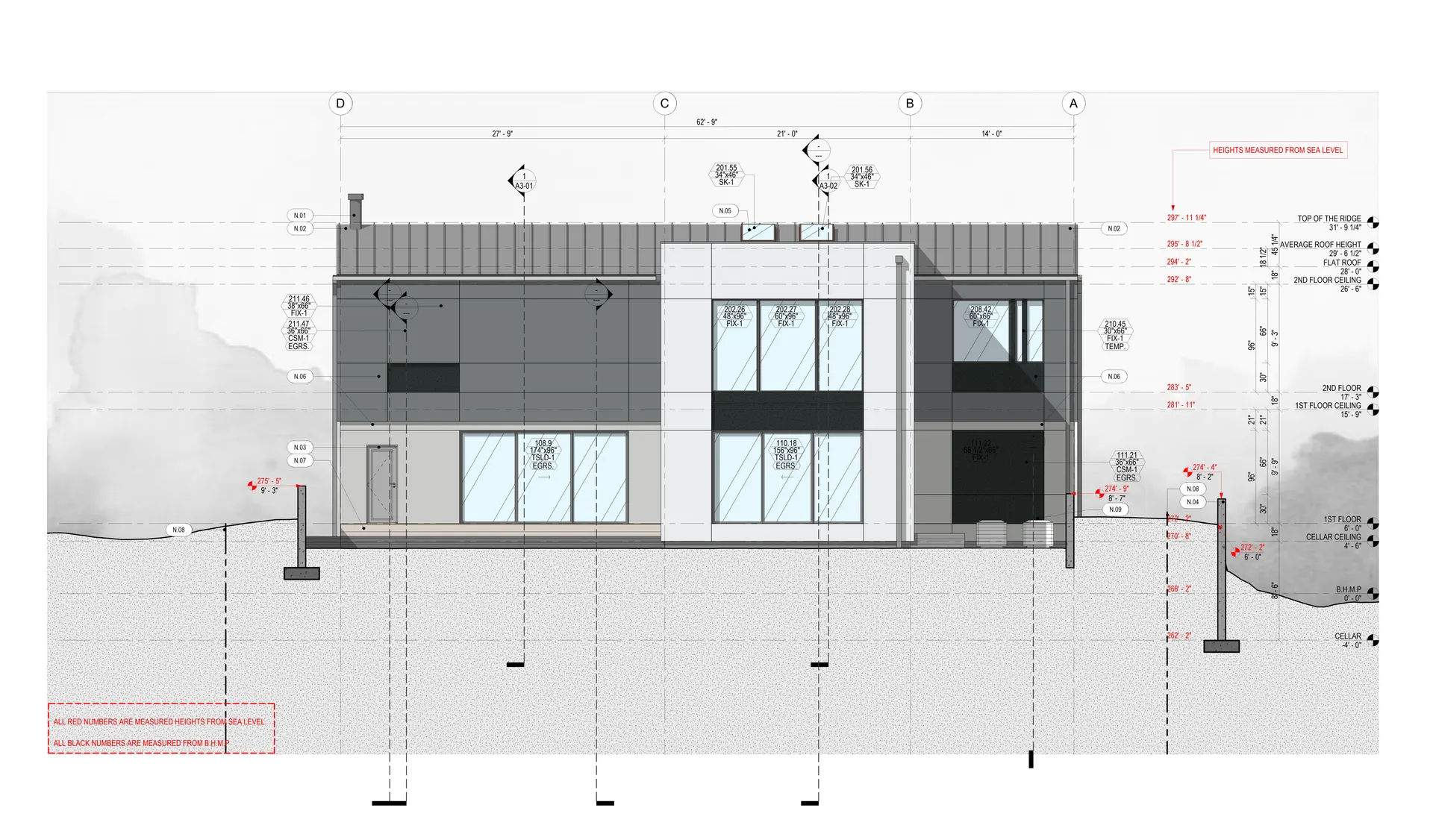
Typical topics
- BEP alignment using widely adopted information management concepts; roles and exchanges.
- Coordination cadence and targeted rulesets; issue tracking and verification workflows.
- Template and library strategy; opportunities for light automation to reduce repetition.
- Documentation quality: sheet standards, schedules, and disciplined quantities/BOQs.
- Model health: warnings, category usage, view disciplines, and export behavior.
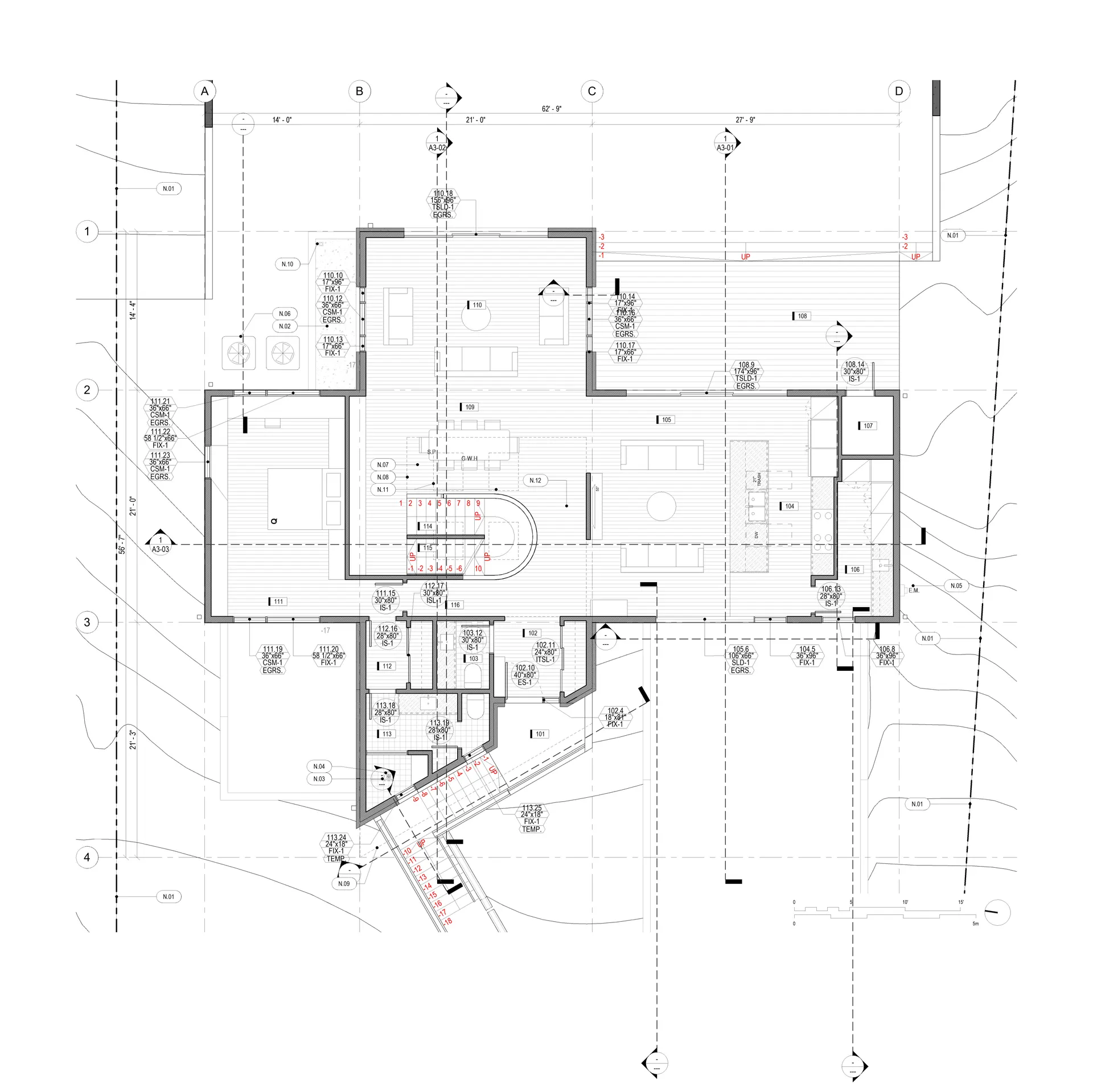
Formats and outcomes
Some engagements are focused sessions that unlock a specific workflow. Others are short retainers that include joining your coordination calls for a few weeks to ensure standards are applied and issues close. In both cases, outcomes are tangible: updated templates, checklists, or a migration plan that your teams can execute with confidence.
When leadership needs a forward view, a roadmap sequences improvements by impact and effort. Typical indicators include clash trend lines, sheet QA findings, and cycle time for closing issues. The intent is self‑sufficiency over time, with support available when needed.
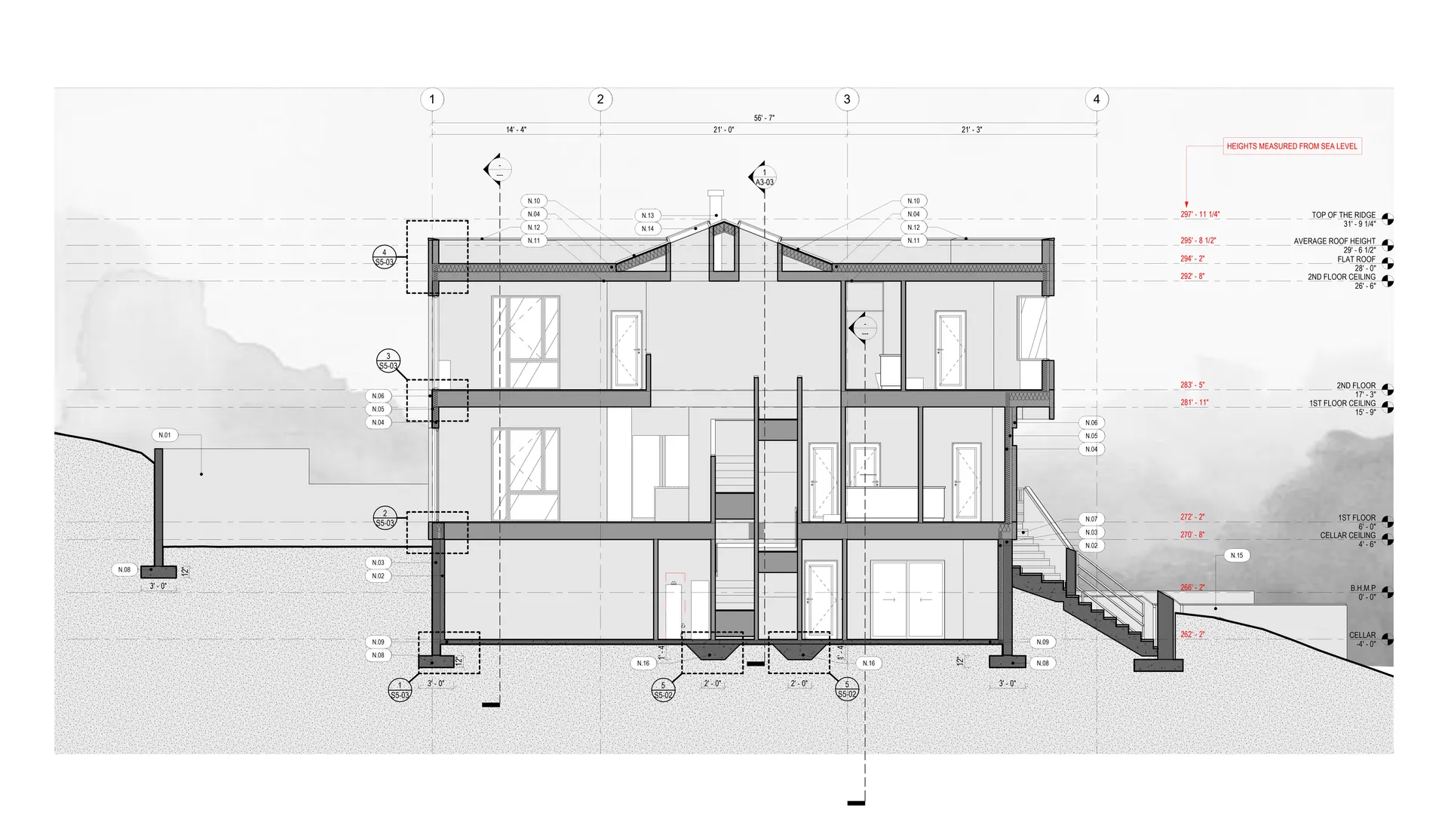
Audits and model health
Audits provide a practical snapshot of how models behave today. The review looks at warnings, category usage, view discipline settings, type naming, parameter completeness, and the behavior of exports in downstream tools. Findings are grouped by impact and effort so that quick wins are clear and the roadmap is realistic.
Where coordination is the priority, federated reviews focus on hard clashes, soft clearances, and interfaces that typically cause late changes. Screenshots and viewpoints accompany issues so context is never missing. The aim is a short, actionable queue rather than long reports.
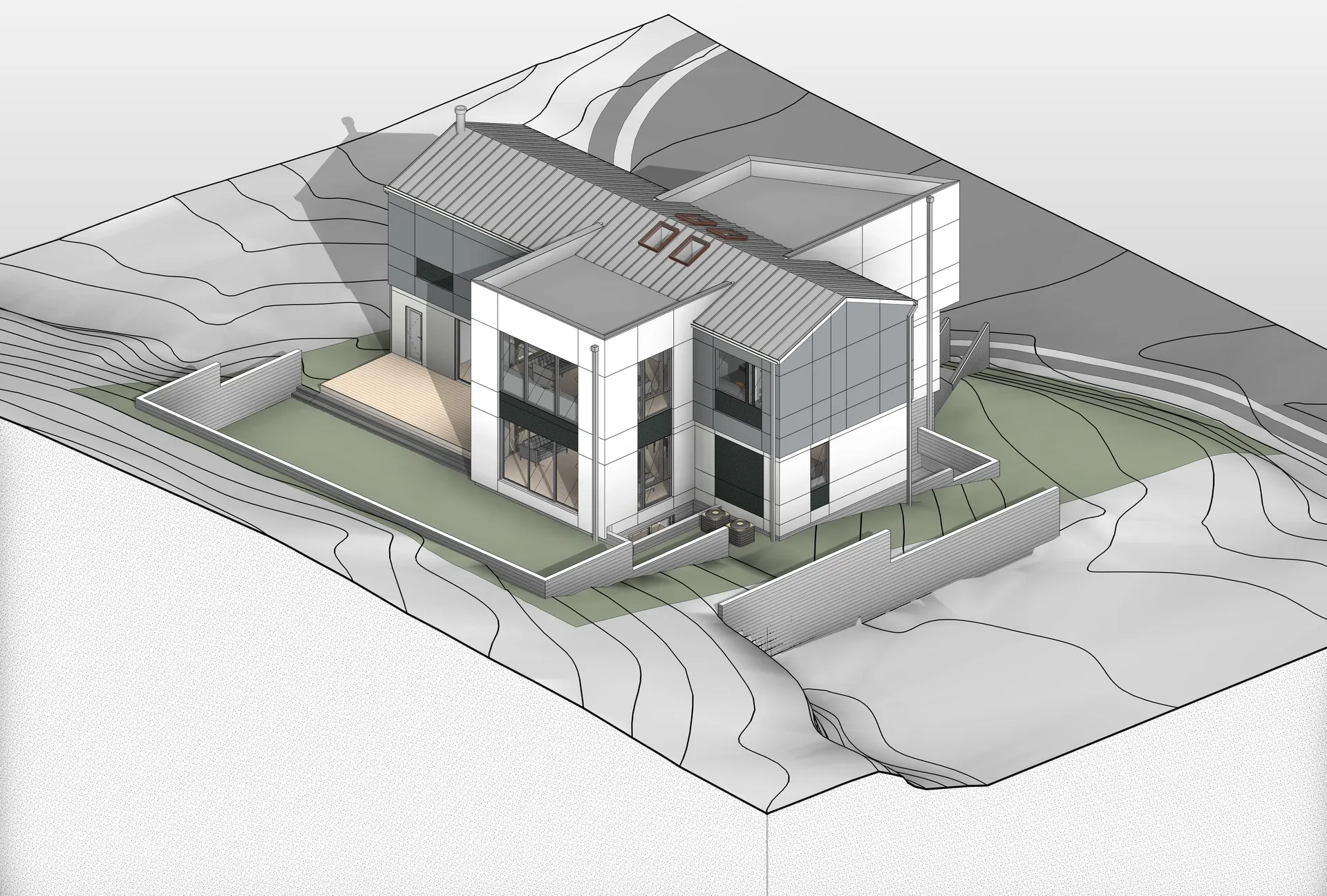
Standards, naming, and parameters
Lightweight standards help teams move faster. Container naming, view and sheet conventions, and parameter schemas for key categories are documented so schedules and exports are predictable. Where your organization has an existing standard, it is adopted and refined only where it improves clarity or reduces rework.
For quantities and BOQs, parameters are mapped to your coding structures and spot‑checked early to validate takeoff behavior before it is used for pricing or procurement.
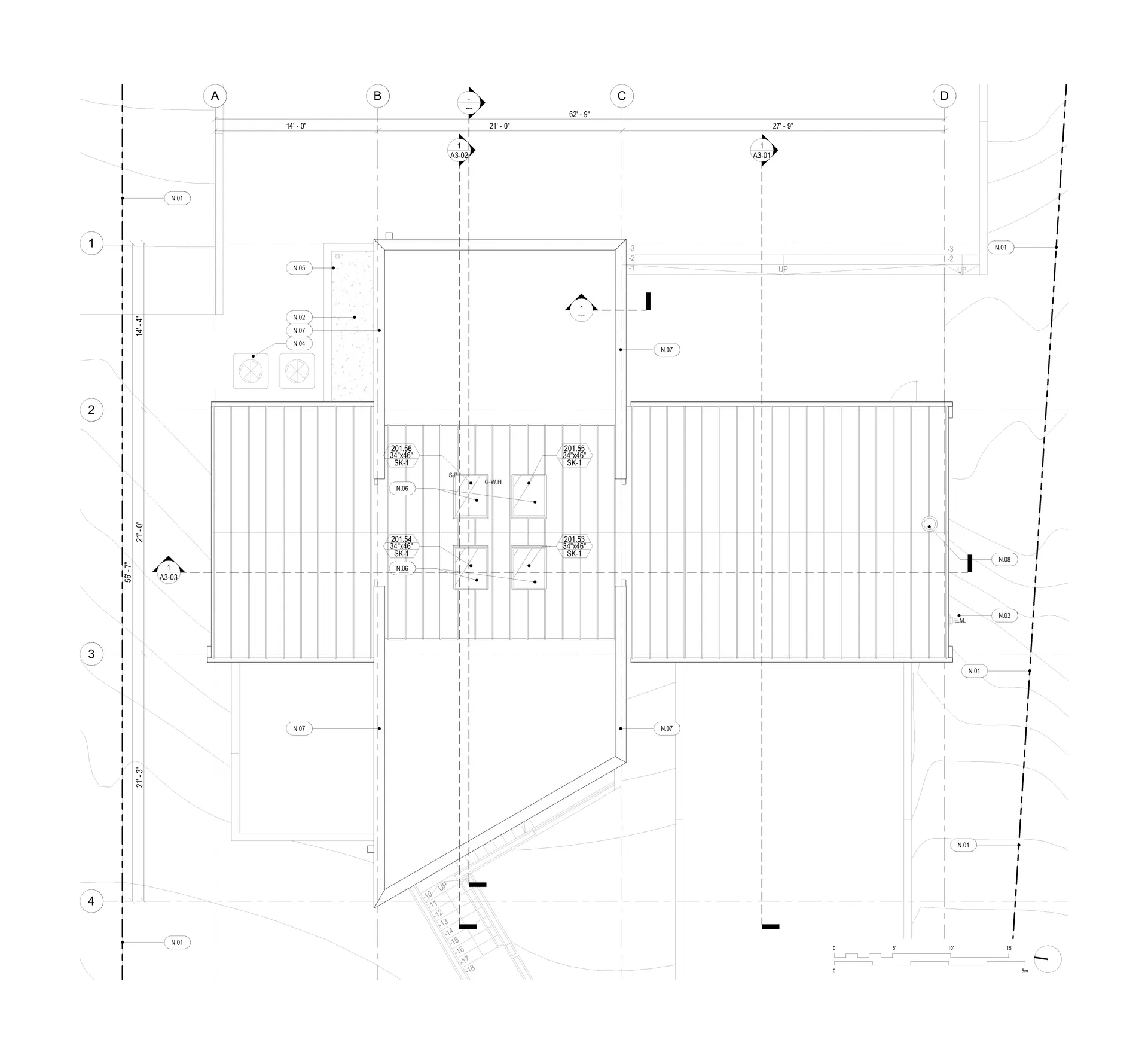
Coordination cadence and issue management
A weekly rhythm suits most teams: publish discipline models, federate, run targeted rules, triage issues, share a compact summary, and meet briefly to confirm priorities. For faster‑moving scopes, a twice‑weekly cadence keeps feedback loops short. Each issue has an owner, a due date, and the context needed to resolve it. Trendlines show whether coordination is converging without heavy reporting.

Training, workshops, and onboarding
Training is shaped around the work your teams do. Workshops cover model startup, view and sheet setup, coordination routines, and the use of libraries and parameters. Sessions are recorded where helpful so that new hires can ramp quickly. Follow‑up checklists and compact playbooks help improvements stick.
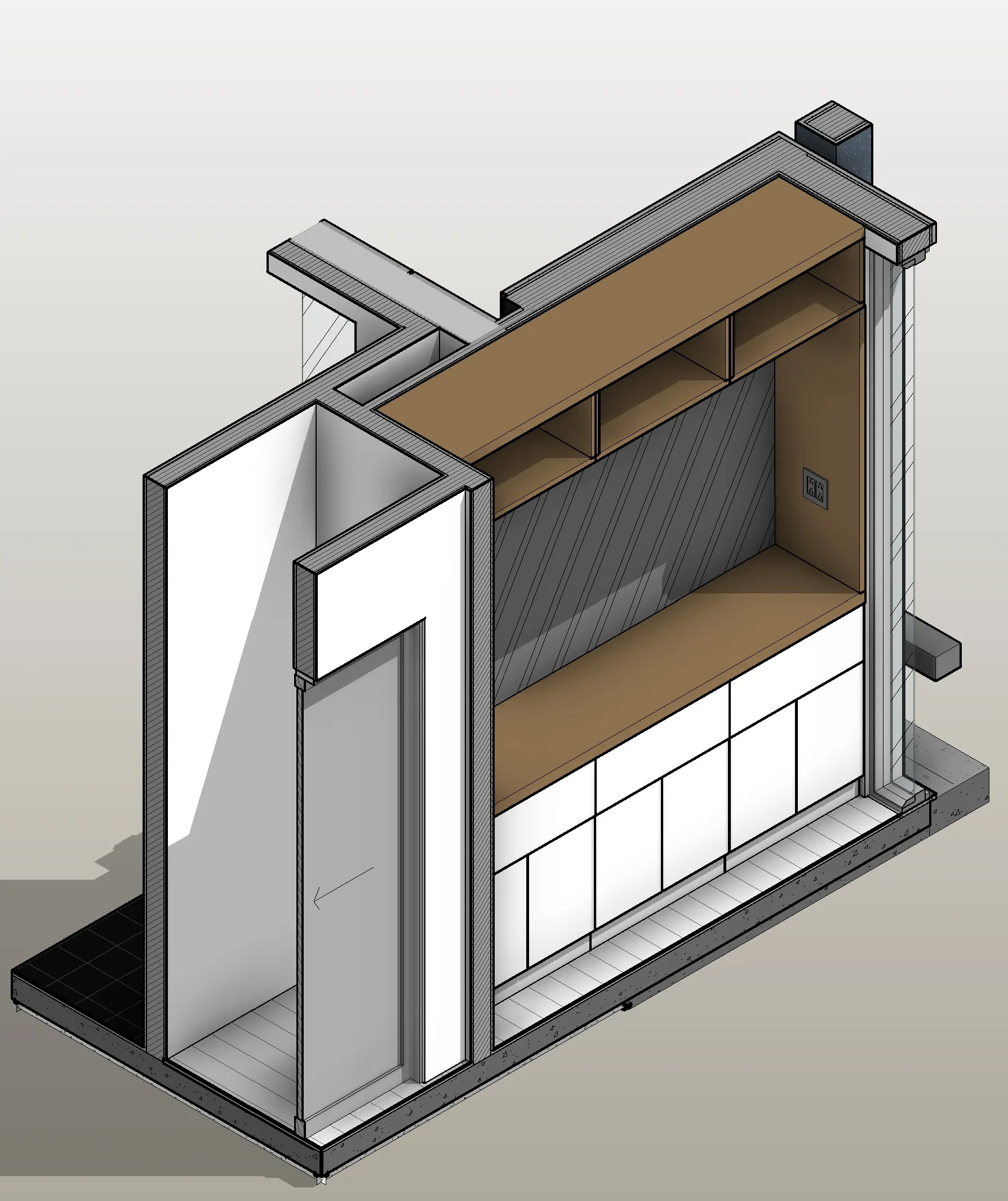
Security, confidentiality, and IP
Your models, libraries, and standards are handled with care. Access is limited to the people delivering your scope, and distribution follows your rules. Ownership and reuse terms are made explicit at kickoff so there are no surprises later.
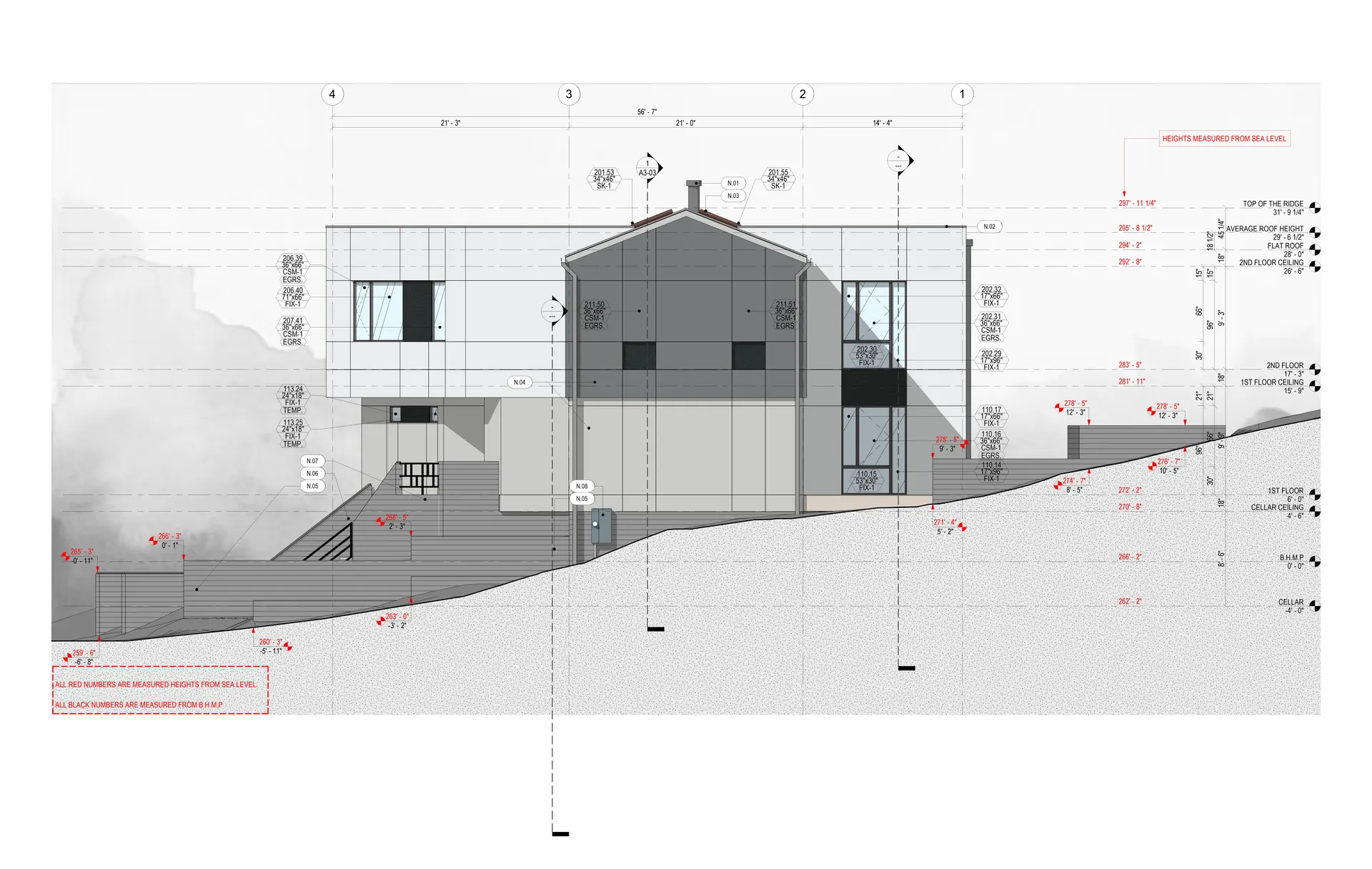
Frequently asked questions
- Can we start with a small scope? — Yes. Many teams begin with a focused audit or workshop, then expand as improvements prove useful.
- Will this fit our tools? — The approach adapts to your authoring, coordination, and document platforms. Exports and handoffs are validated early to avoid surprises.
- How quickly will we see results? — Quick wins are prioritized first, such as naming conventions, template adjustments, or a clear coordination cadence.
- Can you work with our standards? — Yes. Existing standards are used as the baseline and refined only where helpful.
